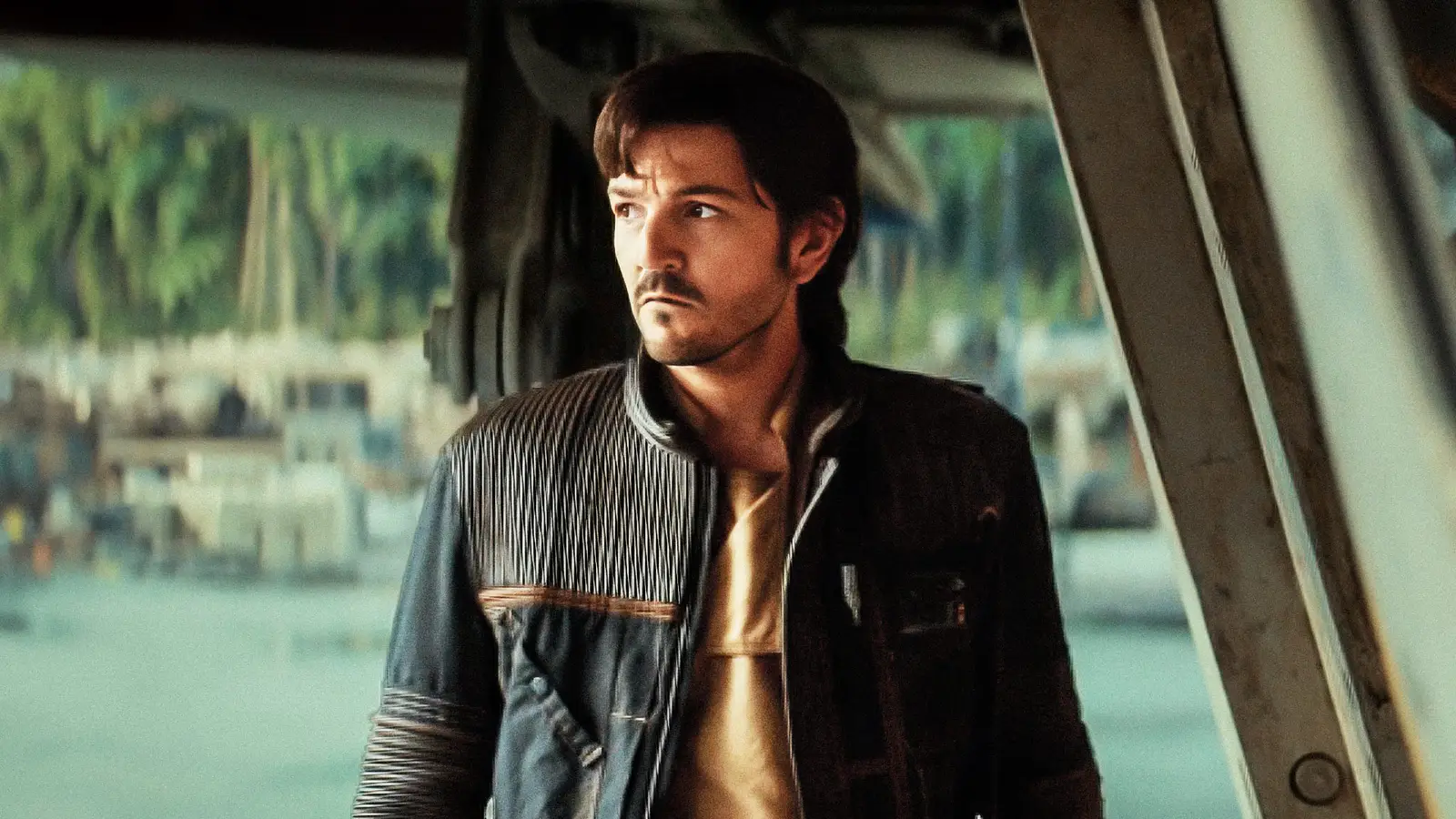Copyright Screen Rant

Few things in modern pop culture have the staying power of Star Wars. Yet, even after nearly fifty years, the franchise continues to reinvent itself, and Star Wars: Visions has proven that true artistry thrives when creators are unshackled from formula. The latest entry, “Black,” a short from Visions Volume 3 by legendary animator Shinya Ohira, is not just great Star Wars, it is one of the most stunning works of animation ever put to screen. In just twelve minutes, Ohira achieves what major Hollywood blockbusters often fail to do in two hours with pure emotional transcendence, according to reviewers like @cole_25_ on X. “Black” does not just tell a story, it evokes something wordless and overwhelming, capturing the chaos of life and death through abstract motion. It is proof that art, when left to breathe, can outshine any billion-dollar production. The Stormtrooper’s Last Breath in Star Wars: Visions "Black" “Black” unfolds during the destruction of the Death Star, but not from the viewpoint of heroes or villains, instead, it is told through the eyes of a nameless stormtrooper. This perspective flips the traditional Star Wars narrative, trading glory and rebellion for a deeply human meditation on mortality, identity, and the cost of obedience. Rather than focusing on dialogue or exposition, Ohira’s story is communicated through motion, rhythm, and color. The animation, fluid yet chaotic, mirrors the collapse of both the Death Star and the soul of its dying inhabitant. The result is haunting: the audience does not just witness destruction; they feel it. Ohira blurs past and present into a seamless flow, cutting between the soldier’s life and his inevitable end. It is psychedelic yet precise, emotional yet disciplined. Every frame pulses with life, and as light and darkness swirl into one another, the piece becomes a requiem, not just for one man, but for all who vanish unseen in the machinery of war. Shinya Ohira Redefines What Star Wars Can Be Ohira, known for his groundbreaking work on Akira, Spirited Away, and One Piece, channels his lifelong fascination with motion and chaos into something transcendent. His team of global artists, from Bahi JD to Toshiyuki Inoue, delivers a visual ballet that feels alive, unrestrained by commercial polish or studio expectation. This is not animation as spectacle; it is animation as revelation. The episode’s 12-minute runtime is a masterclass in visual storytelling. Without a single wasted moment, “Black” transforms destruction into beauty and despair into catharsis. Each flicker of light, each distorted line, conveys something universal about the fragility of existence, the kind of insight few films ever reach.



